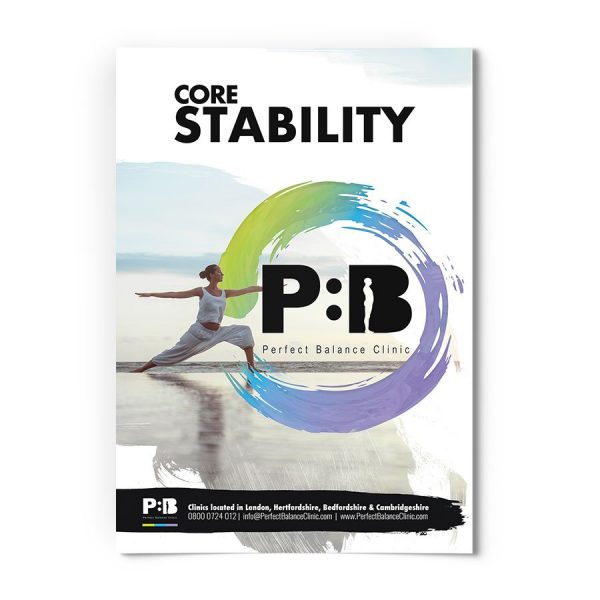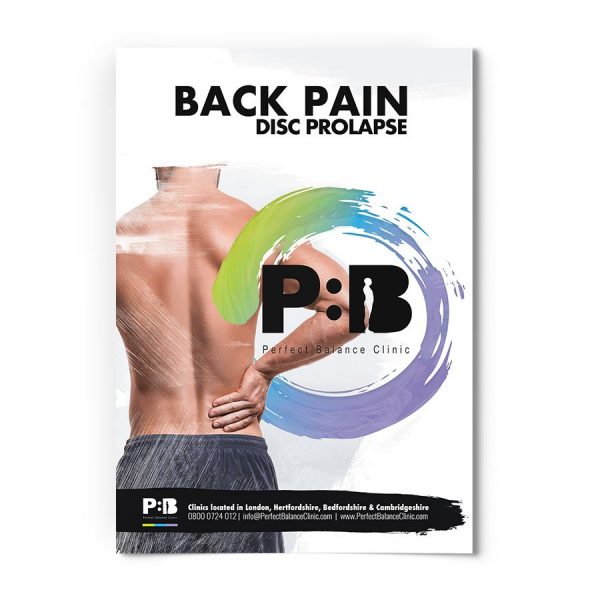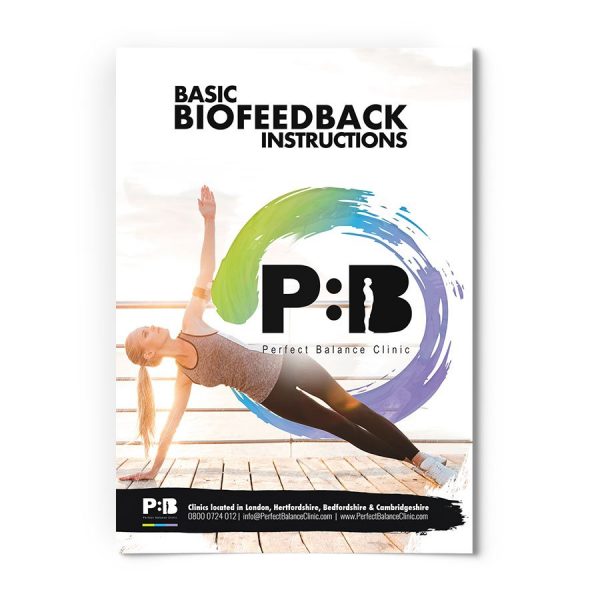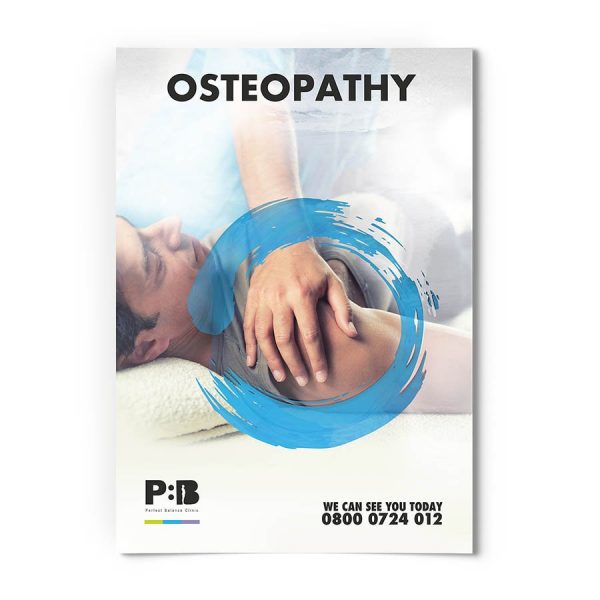Why wear a sports bra?
Sports bras are designed to reduce excessive breast movement during physical activity as the skin and cooper ligaments (fine hair-like ligaments within the breast) offer insufficient support.
Statistics suggest that 41% of 20 35-year-old women do not wear sports bras as they do not feel the need or they have never considered wearing one. Of those that do, 70 of 100% of exercising women are wearing the wrong size sports bra, with fitting discrepancy greatest in females with larger breasts. If you do not wear a sports bra, breast movement can be as big as 20cm during exercise, with sports bras reducing that movement by 79%.
Wearing an incorrectly fitted sports bra
If a sports bra is not fitted correctly, it can:
- fail to provide adequate support
- contribute to poor posture
- cause secondary muscular and skeletal problems to the upper body, such as deep bra furrows, neck and back pain, and upper limb neurological symptoms
- lead to breast pain in 72% of exercising females
- effect level of performance.
Types of sports bra
There is a number of sports bras on the market today, all designed for different levels of physical activity and sometimes it can be a bit confusing. There are three main types of sports bra:
- encapsulated
- compression not designed for larger breasts
- combination of encapsulated and compression.
Key factors in choosing a sports bra
When choosing a sports bra, there are four key factors that need to be considered:
- under band, this must be level across your back. If it is riding upwards on your back, then it is too big; go down a band size and up a cup size.
- strap, the straps must fit securely on the shoulders. There should be a 1/2 inch give of the shoulder straps if you place your fingers underneath and pull upwards.
- cup there should be no bulging of breast tissue from above or to the side of the cup. The material of the cup should not be gaping; if it does gape, it means the cup is either too big or not the correct style for you.
- underwire, this should not be sitting on any breast tissue and should fully cup the breast for maximum support.
Sometimes, you may find a sports bra that is the most comfortable; however, this does not mean it will necessarily provide the best support for you. To test a sports bra, jump up and down, run on the spot and move your arms and upper body around to check there is sufficient support, it is comfortable and, most importantly, it is not too tight, as this will cause discomfort for you when exercising.
Size and styles of sports bras vary from manufacture to manufacture, so it is always important that you try them on first and test them before purchasing.
And finally, the general rule is to replace your sports bra as often as your normal bra, which is recommended every six months. However, this does depend on how often you use your sports bra and how often you wash it.
For more information about Correct Sports Bra
This article was written by our team of specialist therapists at Perfect Balance Clinic. If you would like more specific advice about how our team can help you with this condition or symptoms you may be having, please complete the contact form below and one of the team will get back to you shortly.
Here are some of our E-Books to help you
References
Scurr J.C., White J.L., Hedger W. (2011) Supported and unsupported breast displacement in three dimensions across treadmill activity levels.?Journal of?Sports Sci. Jan; 29(1):55?61.
Scurr J.C., White J.L., Hedger W. (2010) The effect of breast support on the kinematics of the breast during the running gait cycle.?Journal of Sports Sci. Aug; 28(10):1103?9.
McGhee D.E., Steele J.R., Munro B.J. (2010) Education improves bra knowledge and fit, and level of breast support in adolescent female athletes: a cluster-randomised trial.?J Physiother. 56(1):19?24.
Bowles K.A., Steele J.R., Munro B. (2008) What are the breast support choices of Australian women during physical activity??Br J Sports Med. Aug; 42(8):670-3. Epub 2008 June 3.








